SUMMARY
This is AI generated summarization, which may have errors. For context, always refer to the full article.
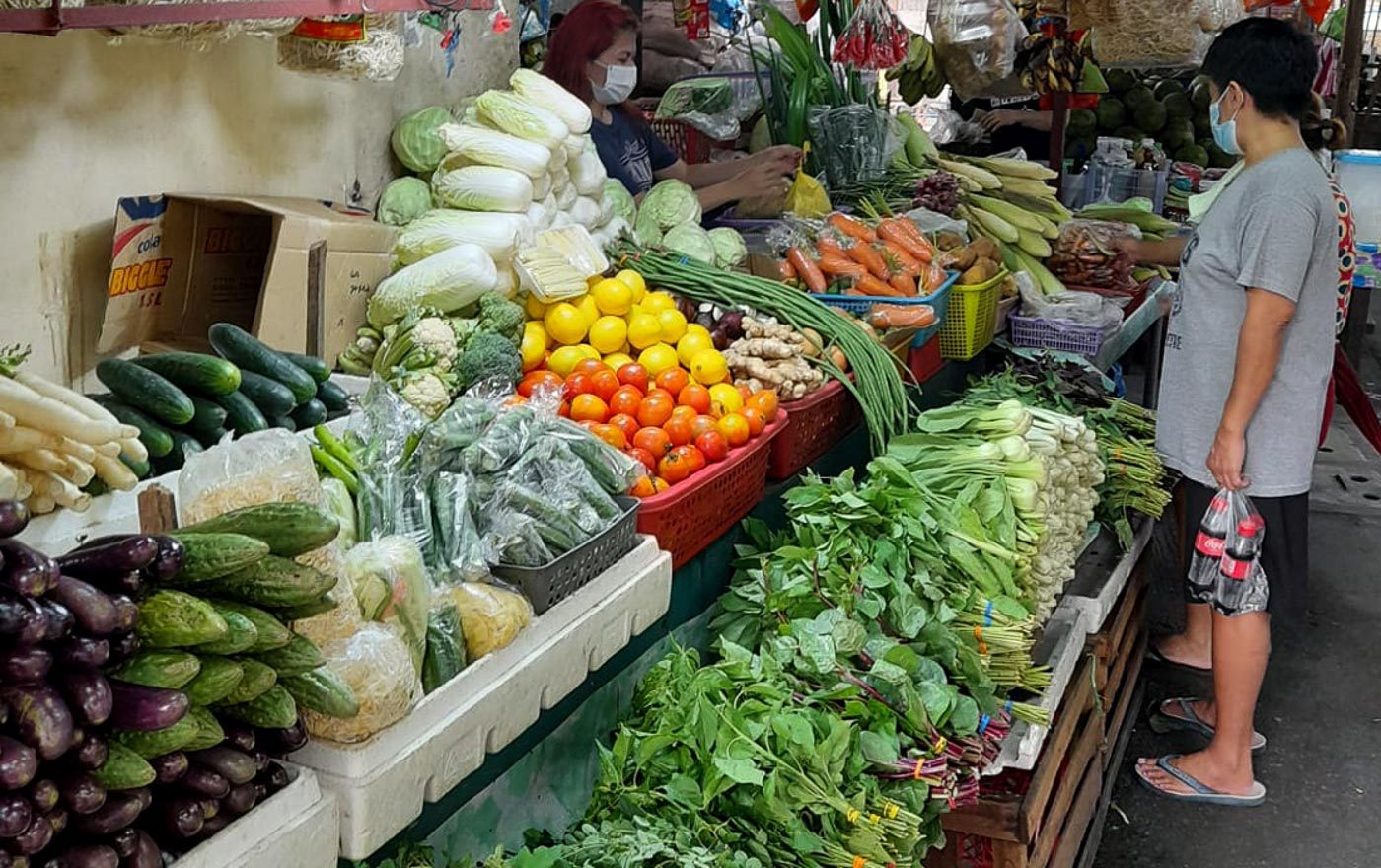
MANILA, Philippines– Some food items are either too expensive or not in the grocery shelves, as a depreciating peso and global supply disruption put cost pressures on import-dependent economies like the Philippines.
President Ferdinand Marcos Jr. took the helm of the agriculture department to emphasize his administration’s priorities in ensuring food security.
But with soda makers looking for sugar and burger chains lacking onions, analysts and critics are still awaiting for an aggressive game plan. (READ: [ANALYSIS] Kailangan na ba ng full-time agriculture secretary?)
The Philippine peso has breached the 57-level against the dollar this September, the weakest ever in its history.
Below is the chart showing the average monthly exchange rate of the peso against the dollar.
While households relying on overseas remittances may welcome this at first, gains are obliterated by high prices.
As of August, food inflation has gone up by 6.5%, data from the Philippine Statistics Authority showed. Meat prices remained elevated at 9.6%, while fish and seafood went up 7.2%. Vegetable prices deflated by 2.7%.
The prices of sugar have also spiked, with retail prices of refined sugar ranging from P90 to over P100 per kilo. Cane and beet sugar prices have gone up by 54.7%, while sugar and desserts have surged by 26%.
Coca-Cola, Pepsi, and RC Cola issued a rare joint statement, confirming of a looming shortage of bottle grade sugar.
Amid supply constraints, a fiasco over imports has exposed the politics of sugar in the country.
Salt is also in short supply, even though the Philippines ranks fifth in the world in terms of shoreline length and first in coastline-to-land area ratio.
In 2021, the Philippines imported 646,686 metric tons of salt worth $34 million, data from United Nations Comtrade showed.
Local salt makers said that the industry simply cannot comply with the Philippines' strict laws requiring iodine in salt. A tariffs and trade pact also made salt imports cheaper.
Restaurants and food chains like Burger King are also facing an onion shortage.
The President's sister, Senator Imee Marcos, urged the Department of Agriculture (DA) to conduct an inventory of white onions.
DA's price monitor has been unable to show prices of white onion for weeks. Meanwhile, local red onion prices has reached P140 per kilo.
The DA also reported a shortage in garlic supply in the country. This year, the agency expects a deficit of at least a 63,000 metric tons of garlic.
Latest DA data showed that garlic prices have reached P350 per kilo. –Rappler.com
1 comment
How does this make you feel?
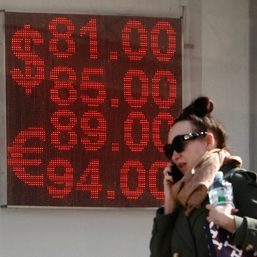
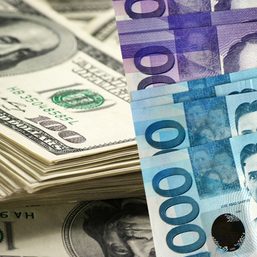

![[PANOORIN] Mahinang piso: Biyaya o pinsala sa OFW?](https://www.rappler.com/tachyon/2022/10/humihinang-piso1.png?resize=257%2C257&crop=417px%2C0px%2C1080px%2C1080px)
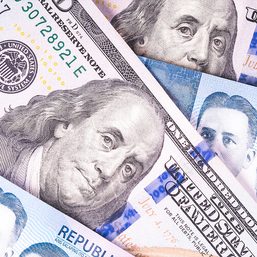

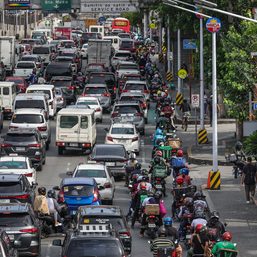


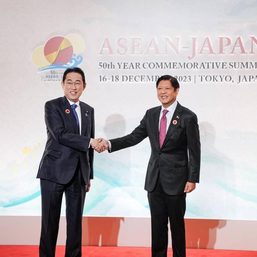
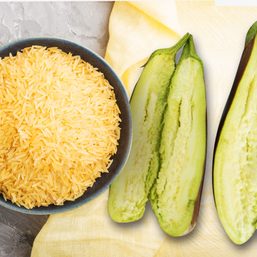

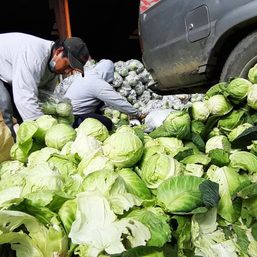
![[ANALYSIS] Investigating government’s engagement with the private sector in infrastructure](https://www.rappler.com/tachyon/2024/04/tl-gov-private-sectors-infra-04112024-1.jpg?resize=257%2C257&crop=435px%2C0px%2C1080px%2C1080px)

protecting producers over consumers is sad reality that in the philippines the welfare of few matters more than the many…what an irony in a democratic society where majority rules